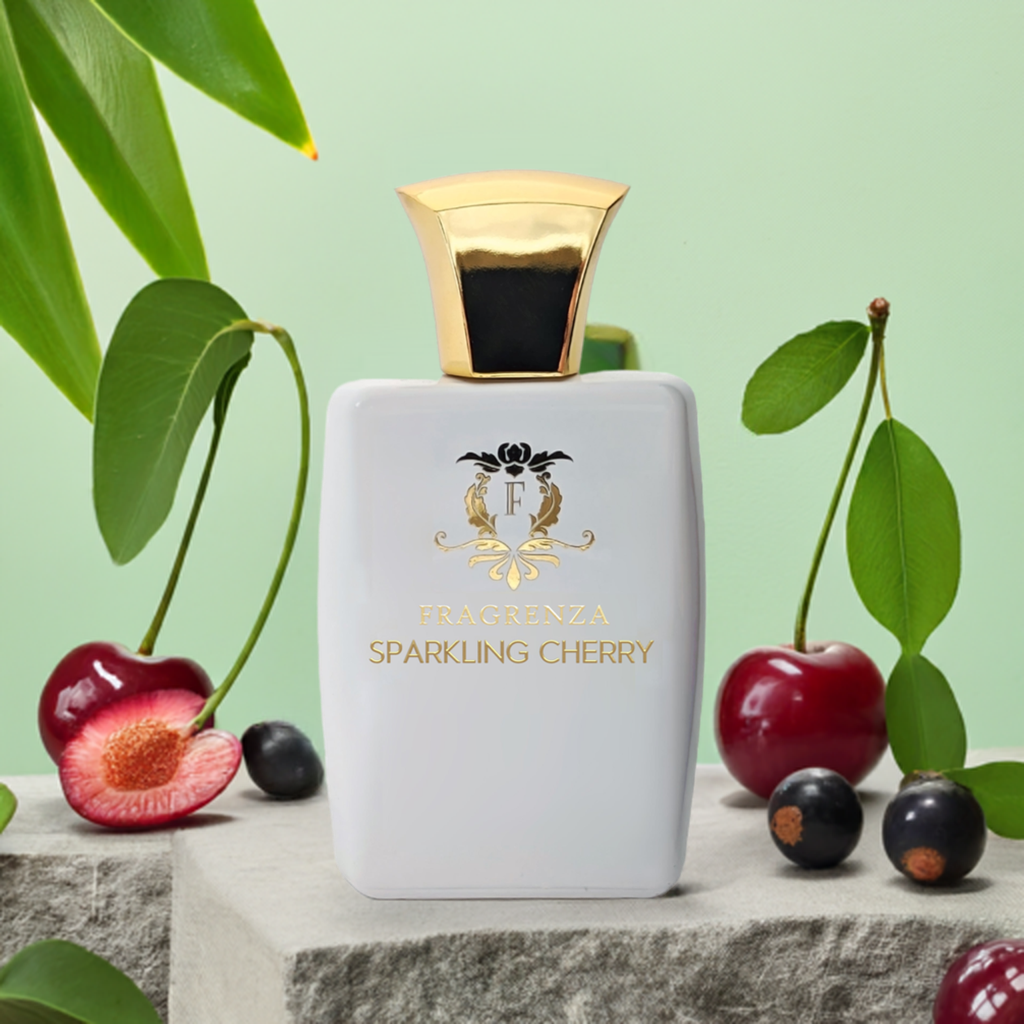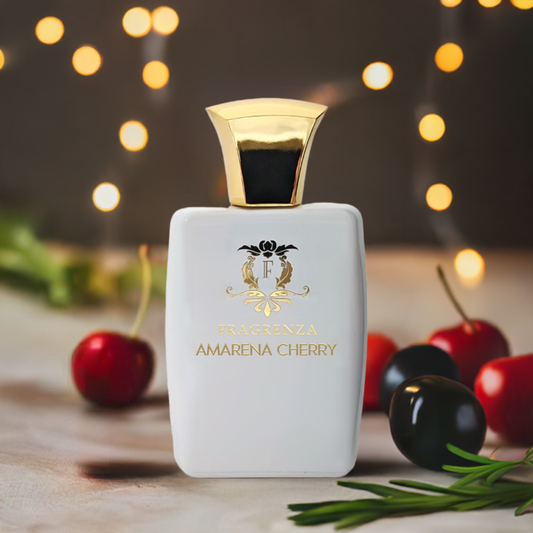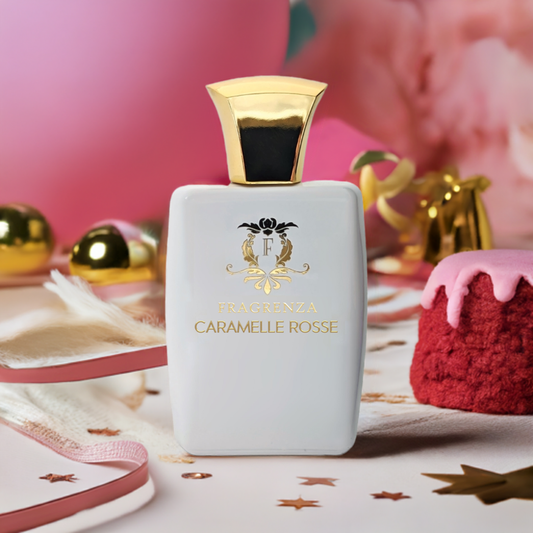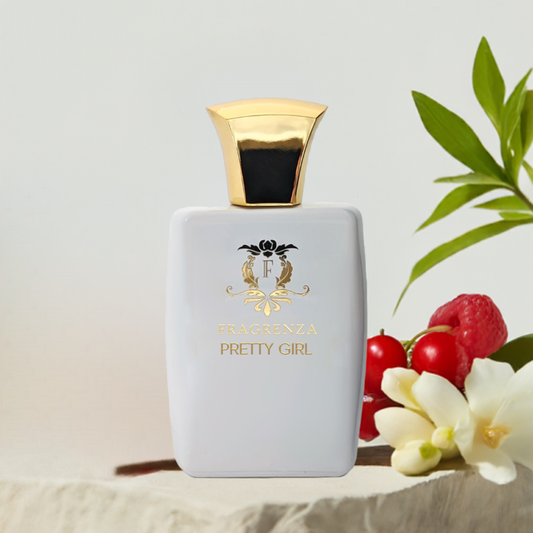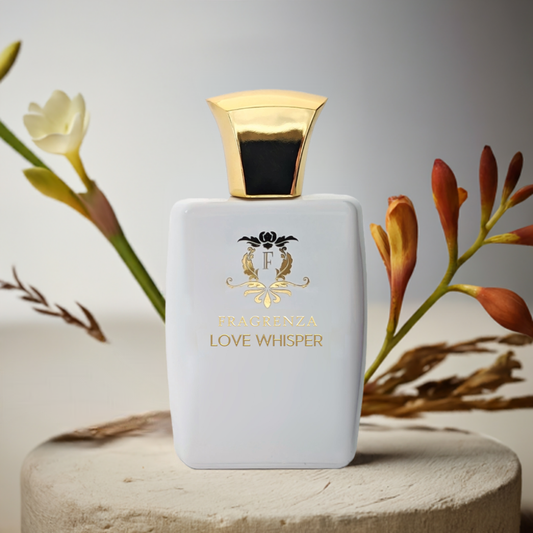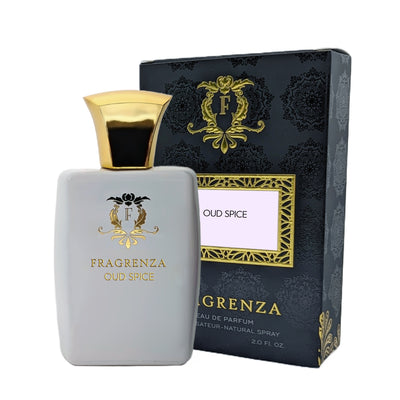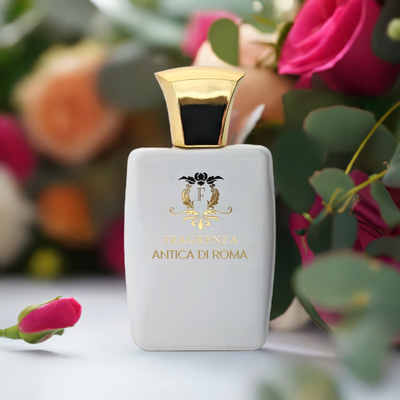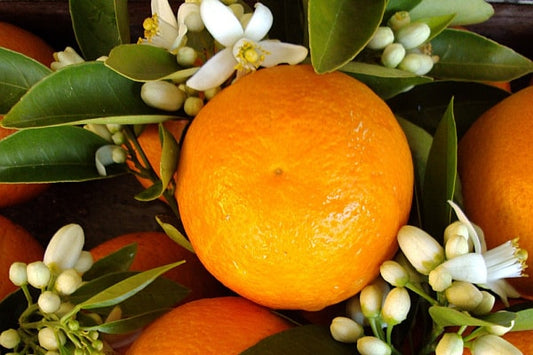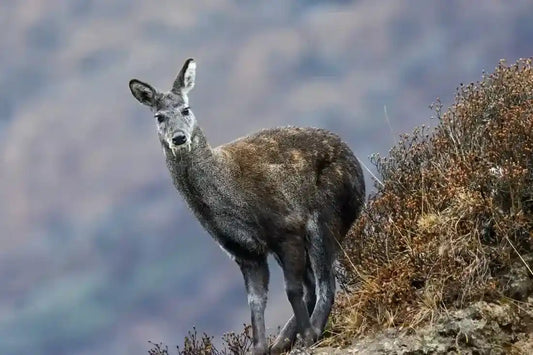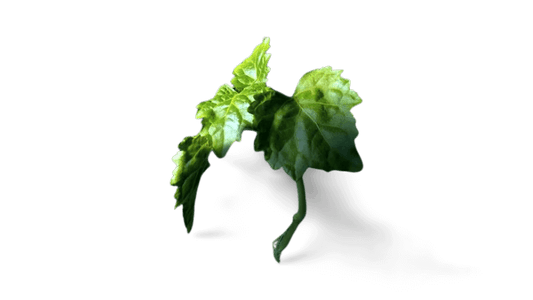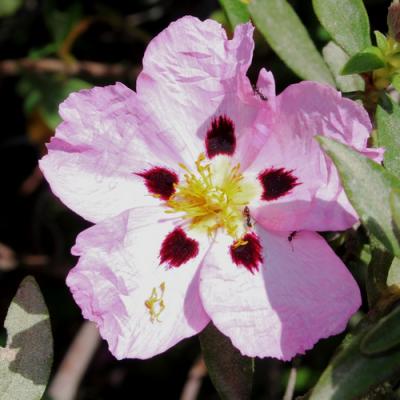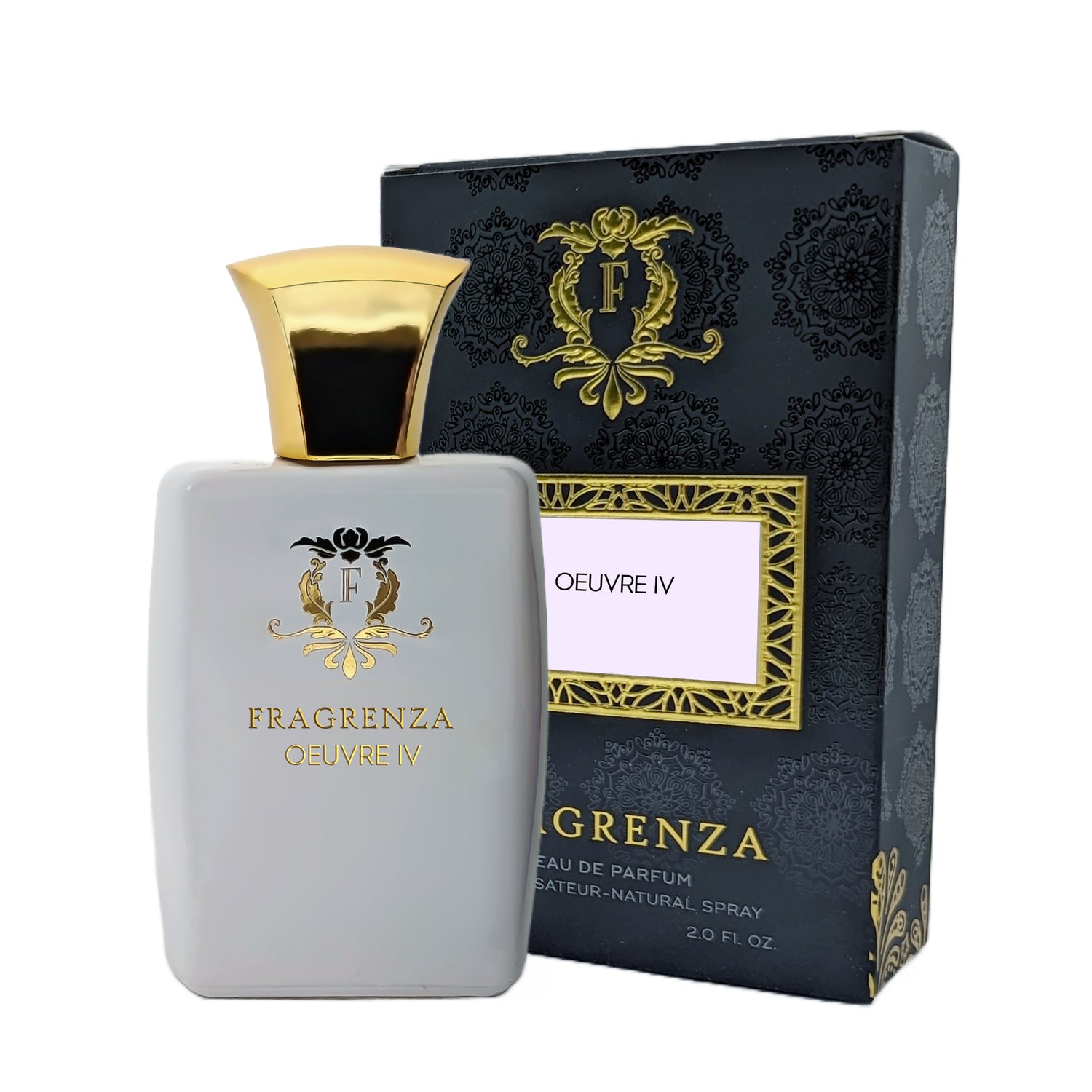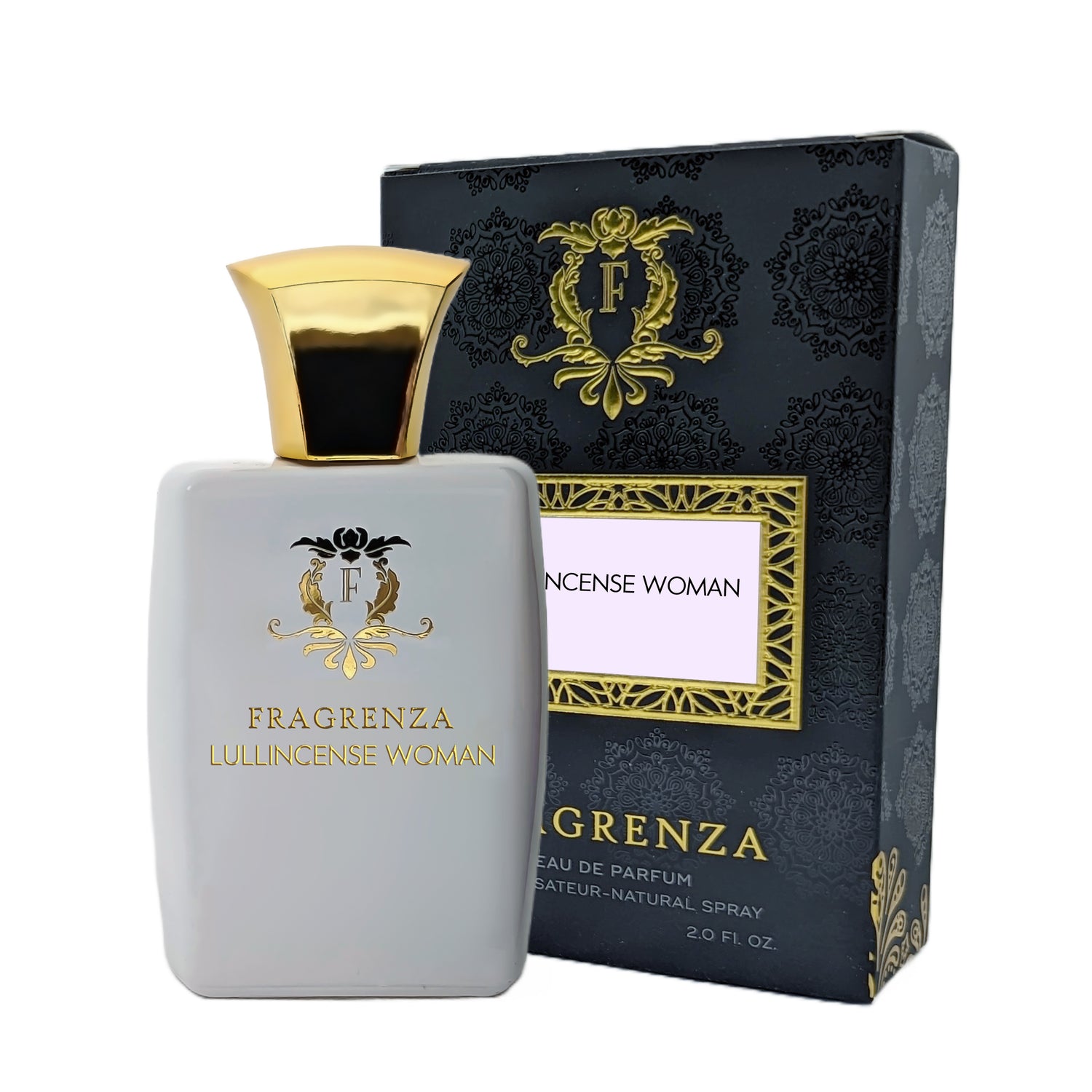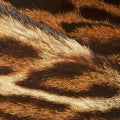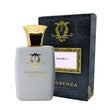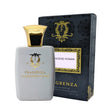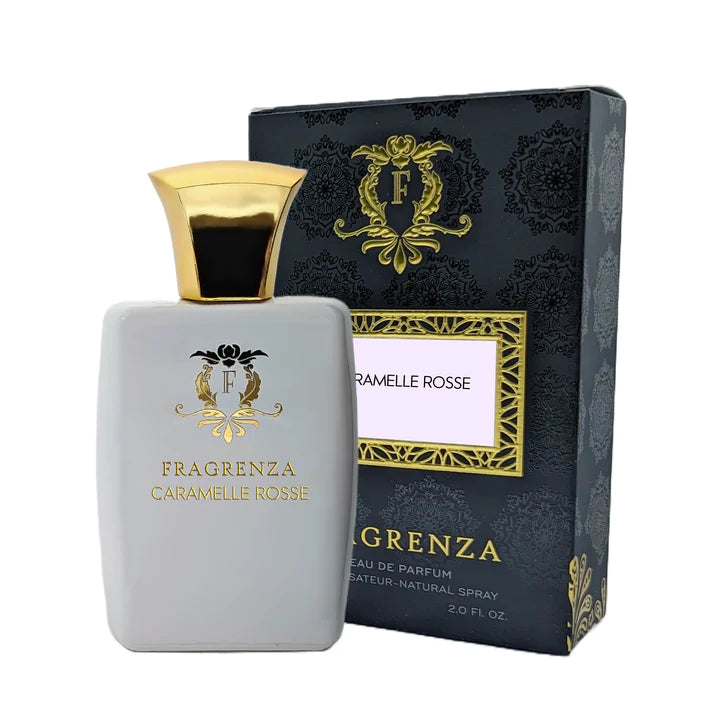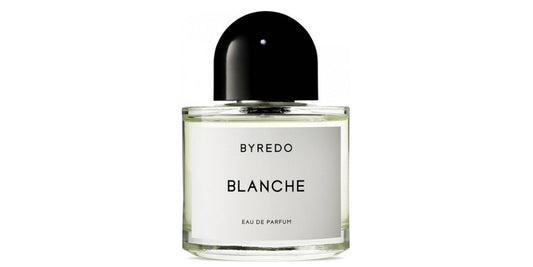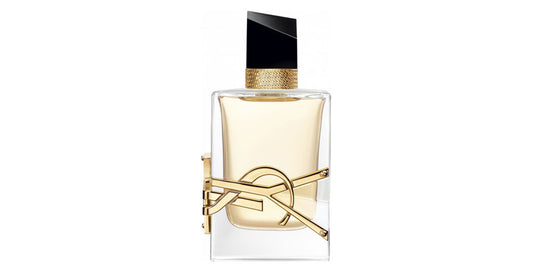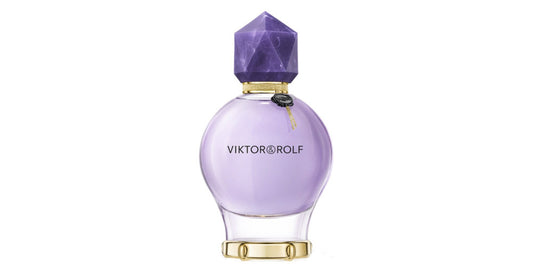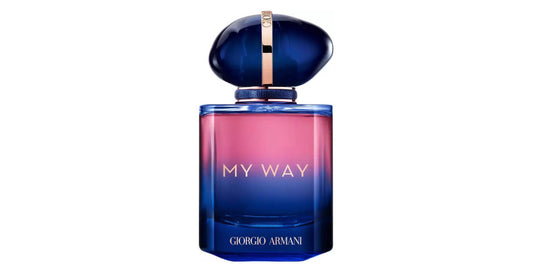Animal note in perfumery
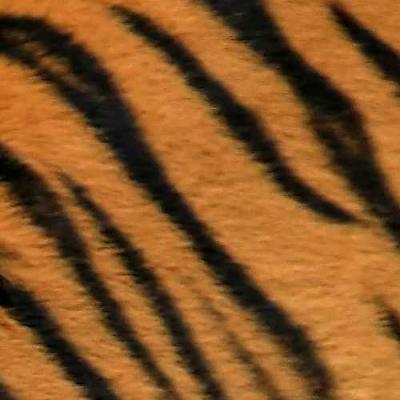
In This Article
The Origins of Animal Notes in Perfumery
In the past, the use of actual animal-derived substances in perfumes was commonplace, despite it being unimaginable today. Renowned animal notes, such as musk, castoreum, ambergris, civet, hyraceum, and beeswax, were used for centuries in perfumery. For example, it is said that Queen Cleopatra used secretions from musk cats (civet) in her perfumes, which were believed to have curative properties.
The most well-known animal notes include musk from the Asian musk deer, castoreum from the abdominal glands of North American beavers, civet from the fat of anal glands of Ethiopian feral cats, ambergris from sperm whale secretions, hyraceum from crystallized urine of the Cape hyrax, an African rodent, and beeswax taken directly from hives. These animal-derived materials were essential in perfumery for centuries. Today, however, the increased awareness of animal protection has led to the use of synthetic molecules in place of these raw materials, with the exception of Creed, which still uses some animal-derived ingredients.
Utilizing Animal Notes in Contemporary Perfumes
One might assume that animal notes, with their strong scents, would be exclusive to men's perfumes. Although this was true for many years, the potency of animal notes in creating bold and captivating women's fragrances should not be overlooked.
Among the most famous perfumes featuring animal notes is Chanel No. 5 by Chanel. Its base notes of musk and civet, combined with florals, sandalwood, and cedar, create a unique, powerful, and iconic fragrance for women of character. A few years later, Lancôme introduced Magie Noire, an enchanting and animalic essence with top oriental notes and base notes of civet and castoreum blended with woody notes, like a captivating elixir.
Despite the success of animal notes in women's perfumery, men's fragrances continue to incorporate animal notes to impart a virile and masculine character to popular green and natural scents. While today's man might be more discreet and less wild, he remains as manly as ever!
Fun Facts About Animal Notes in Perfumery
- Queen Cleopatra reportedly used civet, the secretions of musk cats, in her perfumes, which were believed to have healing properties.
- Although animal notes were once sourced directly from animals, most modern perfumers now use synthetic alternatives to protect animal welfare.
- Chanel No. 5, one of the most iconic perfumes in history, contains animal notes of musk and civet in its base.
- Both men's and women's fragrances have utilized animal notes, demonstrating their versatility and appeal across genders.
